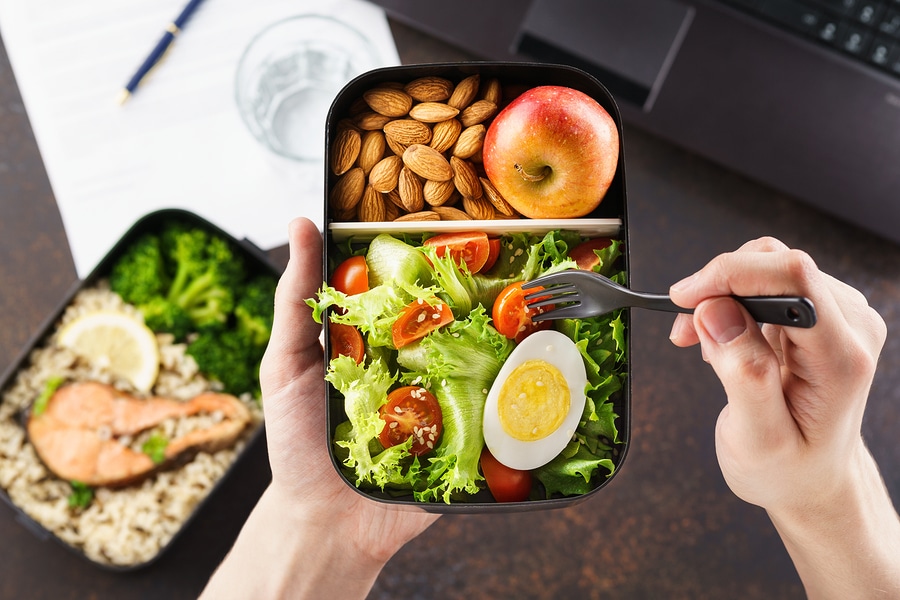Creating a meal plan for weight loss can be incredibly complex for people new to calorie counting, macronutrients, and intermittent fasting. A Gallup poll from 2016 reveals that over 50% of Americans can’t stick to a regular meal schedule, which could be one of the leading causes behind the obesity epidemic growing unchecked for the past few decades.
Keeping track of what you eat helps you avoid foods high in processed content, added sugar, and saturated fats that can cause heart disease, addictive eating patterns, and disruptions to your weight loss schedule.
Eating healthy can be challenging for many people, especially those who need to balance their budget with their nutritional needs. So, in this guide, we will balance food prices, nutritional value, and calorie content. Our experts at MediPlan Diet Services will outline how to create a meal plan for weight loss.
Count Calories the Right Way
While counting calories may seem like an outdated practice, consuming fewer calories than your body can burn is the backbone of every weight loss plan.
Creating a meal plan that tracks the calories you consume will allow you to learn what specific foods you should eat to lose weight and which ones you should avoid. Once you know how many calories you need to have to create a deficit, you can choose which restaurants to frequent, deserts to indulge in, and food items to pick from the grocery store shelves.
The calories you consume come from three macronutrient groups that exist for a specific purpose inside your body. Every gram of protein contains four calories, the same as carbs. Fat comes in at a hefty nine calories per gram.
The first four steps to creating a meal plan for weight loss are:
- Buying an electronic weighing scale because the springs on analog ones wear out within a year
- Determine your daily recommended calorie consumption by consulting a dietician
- Create a deficit by undercutting your recommended daily intake by 15% to 25%
- Consume 35% of your calories from protein, 40% from carbs, and 25% from fat
Eliminating Food Groups
Most experts recommend that weight watchers eliminate most processed foods from their meal plans and stick to natural repositories of fat, protein, and carbs. Find recipes that include lean lamb, chicken, turkey, and beef as sources of protein, or peas, lentils, beans, and soy if you’re a vegan.
Healthy high-fat foods include salmon, whole milk, egg yolks, avocados, nuts, and mayonnaise. Including processed foods like soft drinks, sugary breakfast cereals, salami, and chips in your meal plan will make weight loss exponentially more challenging, so we recommend you cut them out.
Consult the Experts
Creating a weekly or monthly meal plan will help you observe whether or not you’re eating enough to sustain your lifestyle. Our experts at MediPlan Diet Services are fans of partnering meal plans with food journals. They give our clients realistic goals to follow and opportunities to accommodate events like weddings, tour dates, and athletic matches into their diets.
If you want to create an efficient meal plan for weight loss, call us today at 901-362-7546 and get a free consultation.

